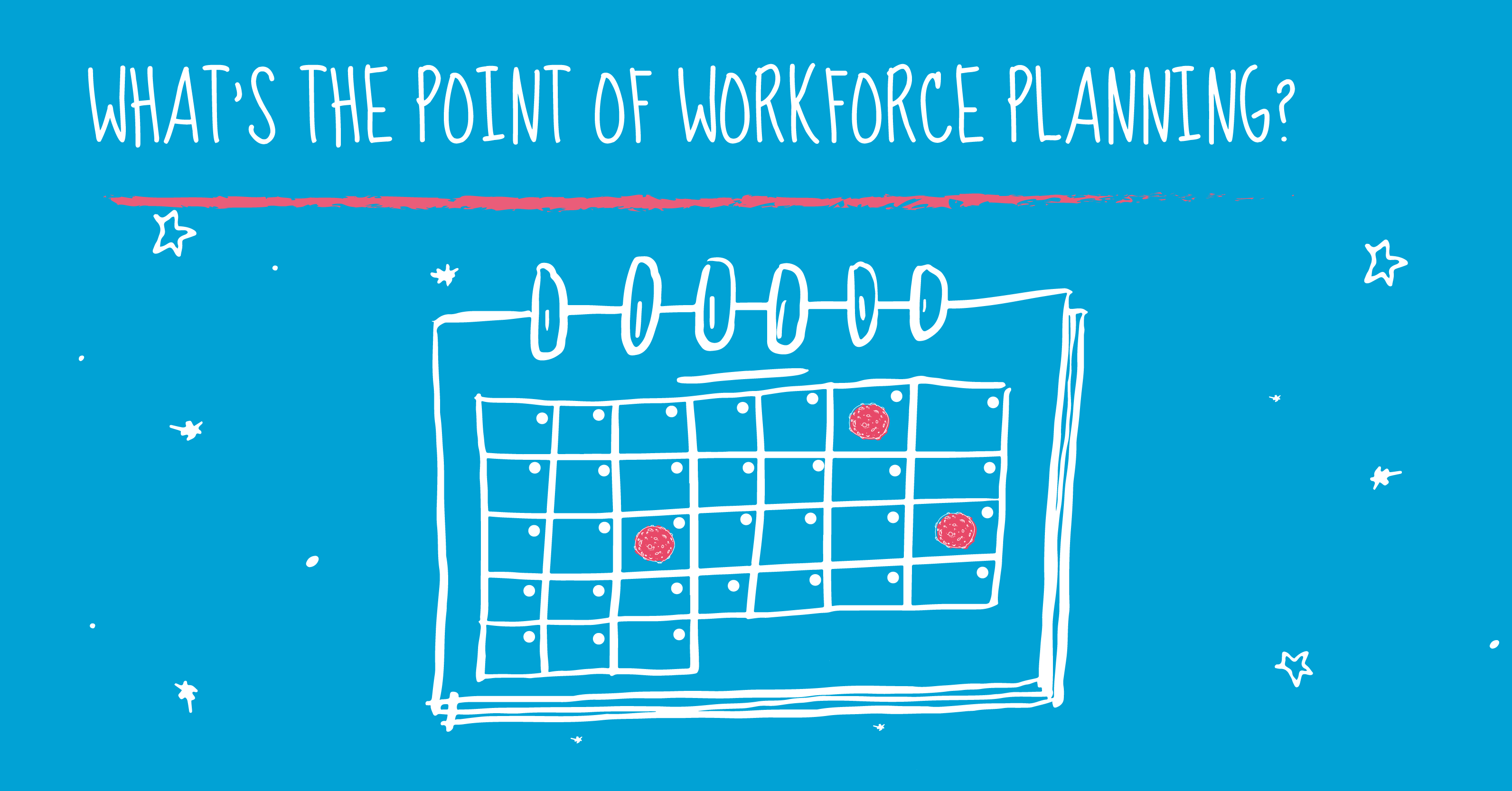In recent years, workforce planning has become increasingly important for organisations to survive and thrive. There is a need to consistently stay ahead of the game by making sure the right staff are hired at the right time, with the right skill sets and at salaries which your organisation can afford. In this blog, Nuhman shares his top tips to follow when you’re workforce planning.

Traditionally, workforce planning happened after a major event which impacted the organisation, like a merger or acquisition. However, there’s now a consensus that it should happen on a more regular basis, perhaps 6-monthly or every year to keep everything in check.
To do this, it would be a good idea to review the business strategy as this dictates workforce planning for the current financial year or other reference period. A good business strategy will take into consideration budget, when new products/services are likely to be launched, as well as any plans to introduce new technologies or IT systems to improve efficiency and productivity.
To better understand the environment your organisation operates, the best approach would be to conduct a ‘PESTLE’ analysis. This is where a group of directors (or other business leaders) work together to identify the political, economic, sociological, technological, legal and environmental factors that impact the organisation.
Here you may want to analyse the current workforce in terms of: length of service; employee demographics; the types of contracts offered by the organisation; the current cost of salaries, as well as the range of qualifications/skills offered by the present workforce. You may also want to think about why ex-employees left the business and if there are any patterns in this. These days, this data isn’t hard to come by as many HR software packages collate this data in summary reports.
To do this, you’ll need to refer back to the business plan to understand the direction of travel for the organisation, as well as the findings from your PESTLE analysis as this will help you consider events in the future which may have an impact on your organisation such as: Brexit; legislative changes; new technologies or the impending launch of a rival product or service by a competitor!
Use the work you’ve done in the last two steps to identify where more recruitment, redundancies or redeployment might be needed and where further training might be needed to plug any knowledge or skills gaps.
Now you’ve identified your future workforce requirements, it would make sense to kick start the process of getting everything in place! For instance, if you realise that further recruitment might be needed, this might mean you review the existing recruitment strategy to make sure you’ll get the best candidates for the role. In terms of redeployment, you’ll need to think about where these employees would move within the organisation and whether this would be viable and financially beneficial to the organisation. For plugging knowledge and skills gaps, you’ll need to consider the best way to address these. Could the training be delivered in house or is external expertise required? If you need external help, start looking for who is on the market and make contact with them.
Finally, it’s good practice to regularly monitor your progress and to ask yourself these key questions when you do
(a) Are there now other scenarios that need to be taken into consideration and can some scenarios be removed as they are no longer relevant?
(b) Does the workforce planning still reflect the business plan?
(c) Are things on track in terms of recruitment, launching redundancy consultations and plugging skills/ training gaps?
If you need any advice or support with workforce planning, just get in touch!
Leeds based HR180 is a team of superheroes in HR Outsourcing, Projects and Consultancy committed to work in partnership with organisations of all sizes to establish working policies to go above and beyond Employment Law requirements, to protect both employees and employers alike. We love to hear from you, so call us on 0113 287 8150 or hit the Rescue Me button.
You can filter through our news using the tags below, just select one and off you go!


We’ll fly to your aid for any HR reason (and some non HR ones!)
